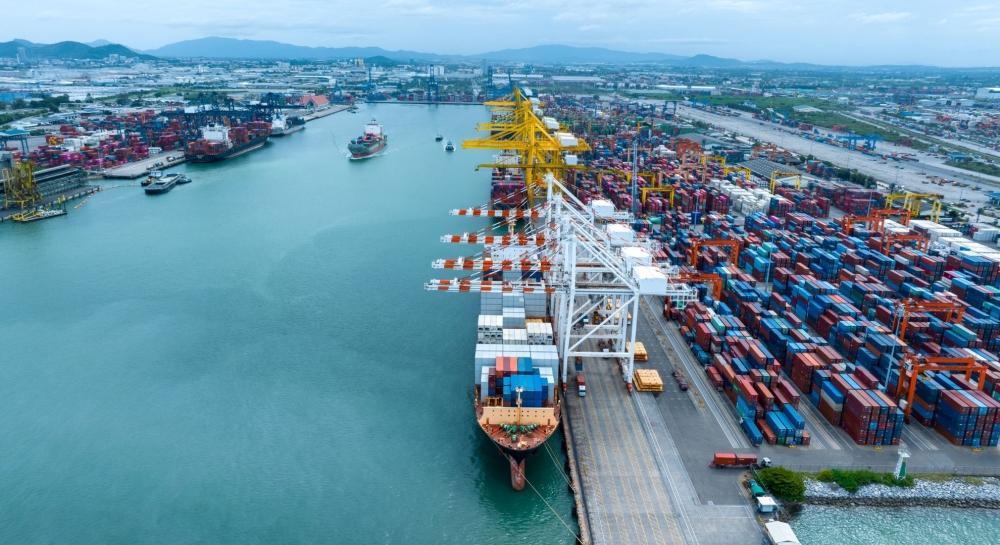Africa-Press – Rwanda. East African economies are projected to remain the fastest-growing in Africa, with growth rates of 5.3per cent in 2025 and 6.1 per cent in 2026, according to a new report by the African Development Bank Group (AfDB).
The Africa’s Macroeconomic Performance and Outlook (MEO) report was launched on the sidelines of the recently concluded 38th African Union Summit in Addis Ababa, Ethiopia.
The report looks at economic trends across the continent against the backdrop of persistent global and regional shocks and offers short and medium-term outlooks along with policy recommendations to sustain the recovery and mitigate risks.
Kevin Urama, the bank’s Chief Economist, said that Africa’s economic performance and outlook remain resilient amidst multiple challenges, noting that gross domestic product (GDP) growth is projected to increase from an estimated 3.2 per cent in 2024 to 4.1 per cent in 2025 and 4.4 per cent in 2026.
The outlook will be driven in part by economic reforms that have been implemented in many African countries over the past two years, including those aimed at tackling the cost-of-living crisis, with inflationary pressures projected to recede, and fiscal and debt positions to improve.
“East Africa is set to be Africa’s fastest-growing region, with GDP growth projected to increase from 4.4 per cent in 2024 to 5.3 per cent in 2025 and 6.1 per cent in 2026,” the report states.
The region’s economies including South Sudan, Rwanda, Uganda, Ethiopia, Tanzania, and Kenya are forecasted to grow by 5 per cent or more in 2025, contributing to 0.9 per cent of the continent’s growth acceleration.
Particularly, South Sudan is expected to be the world’s fastest-growing economy with a growth rebound from an estimated contraction of 26.4 per cent in 2024 to a 27.2 per cent expansion projected for 2025.
Growth is South Sudan will be supported by the resumption of full production and exports of South Sudan’s crude oil through the Petrodar pipeline linking oil fields in the country to the Red Sea export terminal in Sudan.
In Uganda, strong growth performance will be driven by expanded public investment targeting production and export of oil, complemented by progress in advancing productive infrastructure to support value addition in the industry and agriculture sectors.
In Rwanda, Ethiopia, Tanzania, and Kenya growth will be boosted by rising private investment in energy and mining infrastructure, with government capital spending set to improve in-country connectivity and logistics infrastructure.
In Djibouti, growth will be supported by increased international financing of energy initiatives for economic diversification through increasing the country’s reliance on renewable energy and by intensified public investment to expand and modernize transport infrastructure.
In contrast to other countries in East Africa, the report indicates that the trend of economic contraction is set to persist in Sudan as the unabated conflict continues to have devastating effects.
Sudan’s economy contracted by an estimated 10.8 per cent in 2024.
Inflation outlook
While inflation in East African countries fell from 23.6 per cent in 2023 to 19.3 per cent in 2024 due to decelerations recorded in Rwanda and Ethiopia, it remains high largely due to Sudan’s skyrocketing prices, according to the report.
Sudan’s inflation rose to 176.6 per cent in 2024, as the war continues to disrupt domestic supply chains and deepen shortages of essential items, causing spontaneous rises in domestic prices.
On the other hand, depreciation of African currencies against the U.S. dollar persisted through 2024, although prospects for exchange rate stability are emerging.
Rwanda’s depreciation stood at 9.4 per cent by the end of 2024, a decline from 18.05 per cent in 2023. However, the foreign reserves remained sufficient covering 4.4 months of imports, according to the National Bank of Rwanda.
Across the continent, limited foreign exchange inflows have curbed opportunities for currency appreciation, the report indicates.
AfDB recommends that countries build foreign reserves buffers to strengthen resilience to global shocks and to the adverse impacts of exchange rate depreciation on macroeconomic performance, trade, and the broader economy.
The focus, the bank said, should be on harnessing value addition in critical and rare earth minerals so as to mobilise additional domestic resources for complementing tax revenue in Africa, as well as leverage regional integration and trade policies under the African Continental Free Trade Area (AfCFTA) for export diversification and improved domestic competitiveness.
Albert Muchanga, African Union Trade Commissioner, called on the private sector to support AfCFTA implementation through increased investments in logistics and manufacturing.
“What I would expect [African businesses] to do is come up with logistics centers and warehouses across Africa. I would also expect the African private sector to start planning to develop an African shipping line. We are sitting on potential, the business sector has not responded,” he noted.
For More News And Analysis About Rwanda Follow Africa-Press






